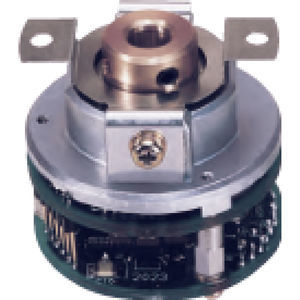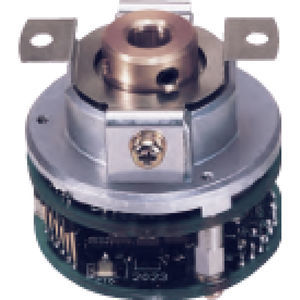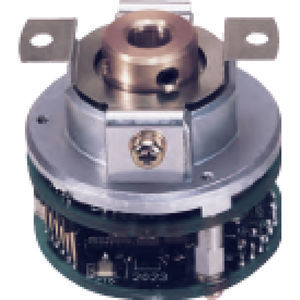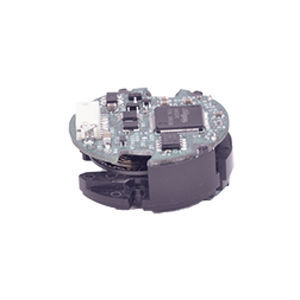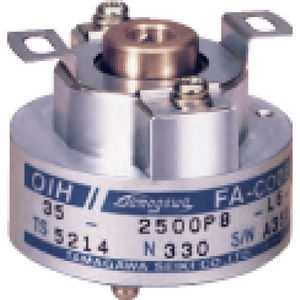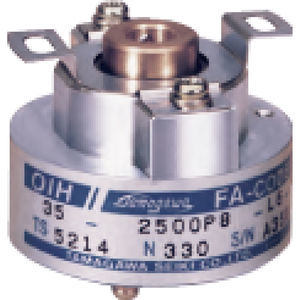

- Products
- Catalogs
- News & Trends
- Exhibitions
Incremental rotary encoder OIH seriesopticalanalogM12 connector
Add to favorites
Compare this product
Characteristics
- Type
- incremental
- Technology
- optical
- Output signal
- analog
- Electrical connection
- M12 connector
- Supply voltage
- 5 VDC
- Protection level
- IP40
- Applications
- industrial
- Other characteristics
- compact
- Incremental encoder résolution (pulses per revolution
Min.: 500 unit
Max.: 12,000 unit
- Output frequency
200 kHz
- Process temperature
Min.: -20 °C
(-4 °F)Max.: 85 °C
(185 °F)
Description
Incremental encoders generate pulses in a frequency proportional to the rotational speed.The encoders can be used for speed control, position control, or as a rotation indicator or a pulse generator of servo motors mounted in machine tools, robots, or measuring equipment. Optical incremental encoders are composed of rotor plate, fixed slit, light emitting diodes, photo transistors, etc. as shown in Figure 1.The fixed slit is designed to have 90 degree phase difference to the slit on the rotor plate.Output signals are two signals with 90 degrees difference; A-phase signal and B-phase signal, and the rotational direction can be detected with them.There are encoders which output the additional Z-phase signal as the origin signal.When controlling positions with an incremental encoder, the Z signal which shows the origin is used.
Features
Hollow Shaft
Small Size
Hollow Shaft
Medium Size
Output Phase
A, B, Z, EU, EV, EW Phase
Consumption Current
200mA Max
Output Form
Line Driver
Mounting
Tolerance
Radial
0.05mm TIR Max
Axial
0.2mm Max
Shaft Runout
0.1°Max
Starting Torque
5.9×10-3N⋅m
(60gf⋅cm Max)
9.8×10-3N⋅m
(100gf⋅cm Max)
Protection
IP=40
Electronic Circuits Disclosed
IP=40
Vibration
49m/s2(5G)
Shock
490m/s2(50G)
980m/s2(100G)
Mass
0.2kg Max
0.3kg Max
0.5kg Max
Related Searches
- Angular encoder
- Incremental encoder
- Incremental rotary encoder
- Absolute rotary encoder
- Optical rotary encoder
- Industrial rotary encoder
- Magnetic rotary encoder
- DC rotary encoder
- Compact rotary encoder
- Single-turn rotary encoder
- Flange rotary encoder
- Multi-turn rotary encoder
- 5 VDC rotary encoder
- Analog rotary encoder
- 24 Vdc rotary encoder
- 12 Vdc rotary encoder
- Rugged rotary encoder
- 12-bit rotary encoder
- 16-bit rotary encoder
- 14-bit rotary encoder
*Prices are pre-tax. They exclude delivery charges and customs duties and do not include additional charges for installation or activation options. Prices are indicative only and may vary by country, with changes to the cost of raw materials and exchange rates.

